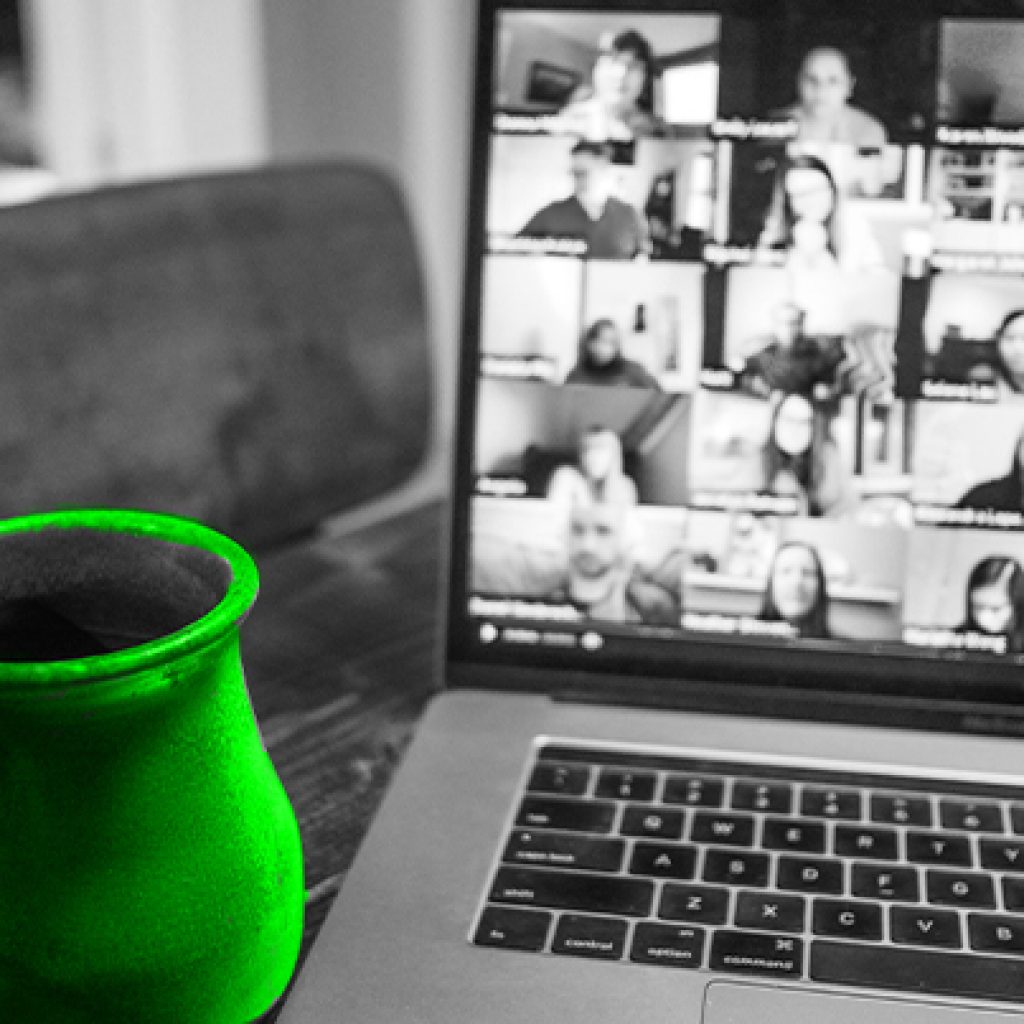In the last blogpost I suggested that leaders can position themselves and their company to make sure they come out of the pandemic in good shape to take full advantage from some of the changes the new workplace reality has delivered. But what are the pitfalls we should really be seeking to avoid.
Even without the increased focus on mental health and wellbeing, many people have reported that even while loving the utility of Zoom or Microsoft Teams, it brings its own subtle problems.
The first of these is a gnawing sense of guilt that can develop. Not from shirking responsibility or workload, but from not having the validation of colleagues or managers see just how hard they are working. The number of firms reporting an increase in productivity as a direct result of homeworking is laudable, and a testament to one of the more obvious benefits. But, despite knowing themselves that they are putting in maximum effort, how can other people know that? If they are a bit late finishing a project, or do not quite get the time to call someone back, do they start to worry about how this is perceived?
The good news is they are not alone. Perceived disapproval, sleights or even indifference can be devastating, especially with so many well-publicised rightsizings going on. Zoom paranoia is a real and present danger, given the sudden enforced isolation that so many staff now find themselves working in. An offhand comment that would normally be taken as a joke, or at least understood as the throwaway line it was intended to be in a normal face-to-face meeting, can take on a more worrying tone when heard over the net. Shorn of complete context, facial expression, body language etc, comments take on a life of their own and may be replayed many times, taking on a darker tone that was never meant. Failing to include everyone in a meeting, without explanation of the exclusion can take on more sinister undertones.
As a leader, think of the things you have always done to motivate your team. The many little conversations, the appreciative gestures. Dropping in to check on the mood and taking steps to improve it. Seeking out opportunities to advise, pass on experience, and a hundred little ways you try to make work smoother and life a little easier for the team that works on your behalf. Have you been able to effectively use tech to carry on with the habits that put you in charge in the first place? Has your style of leadership adapted to take account of how staff have started to work, or is your organisation starting to develop a particularly destructive silo mentality?
In order to take full advantage of opportunities, it’s important to avoid the snake pits and bear-traps. This is the time to dispense with a lot of the subtlety that comes with the repetitive nature of workplace familiarity and let your team know what you think plainly. What you value, what you want to see and plainly praising the behaviours and achievements you appreciate.
By Debbie Scola | Client Partner










